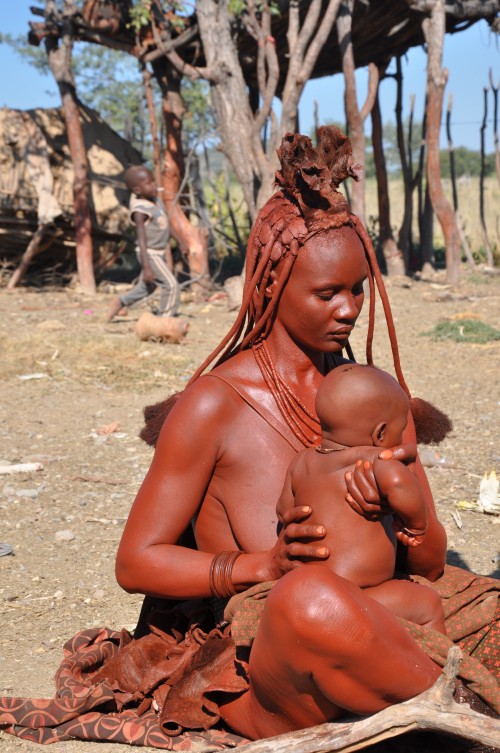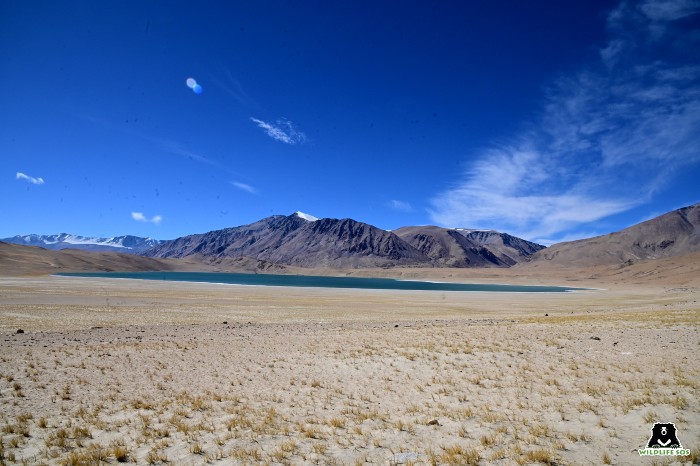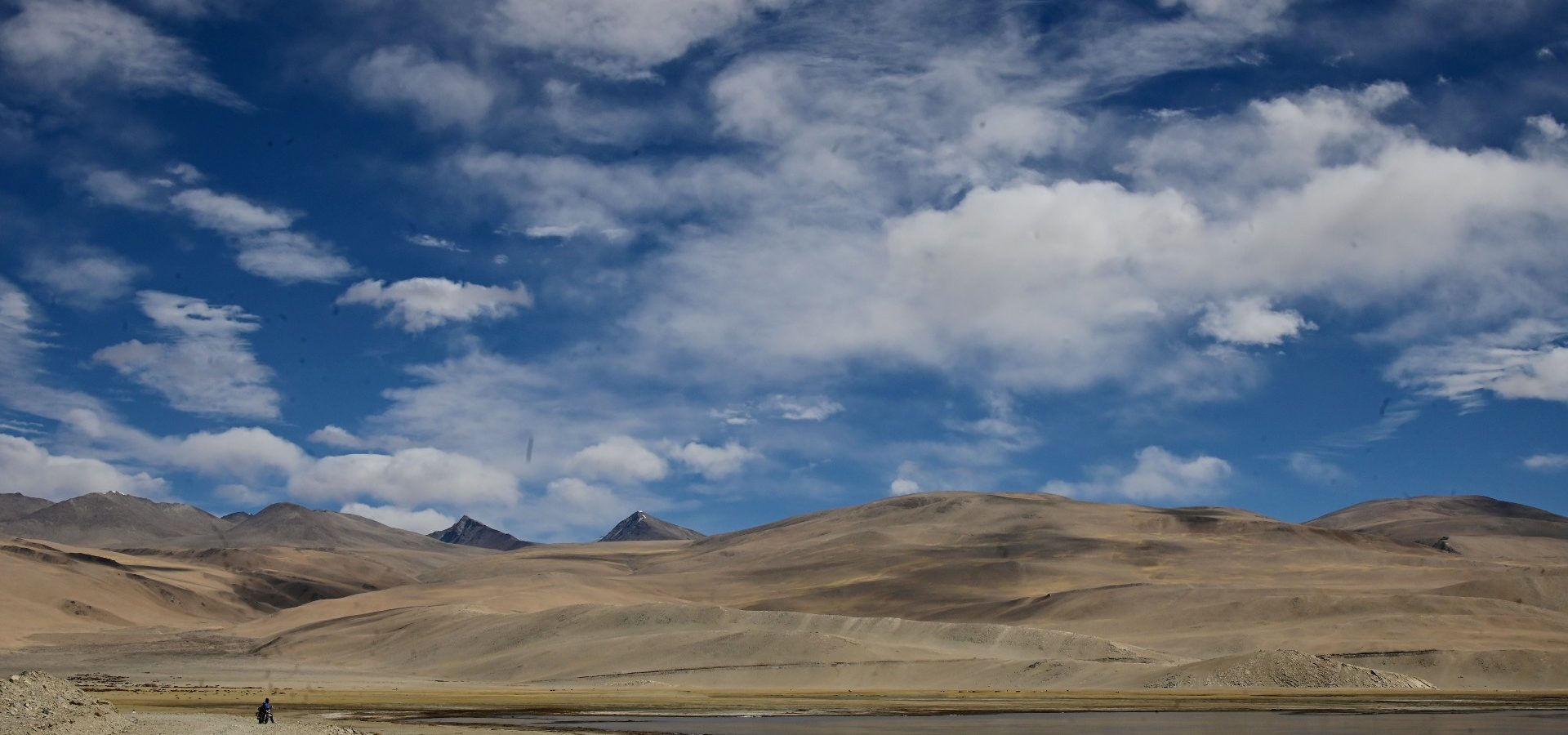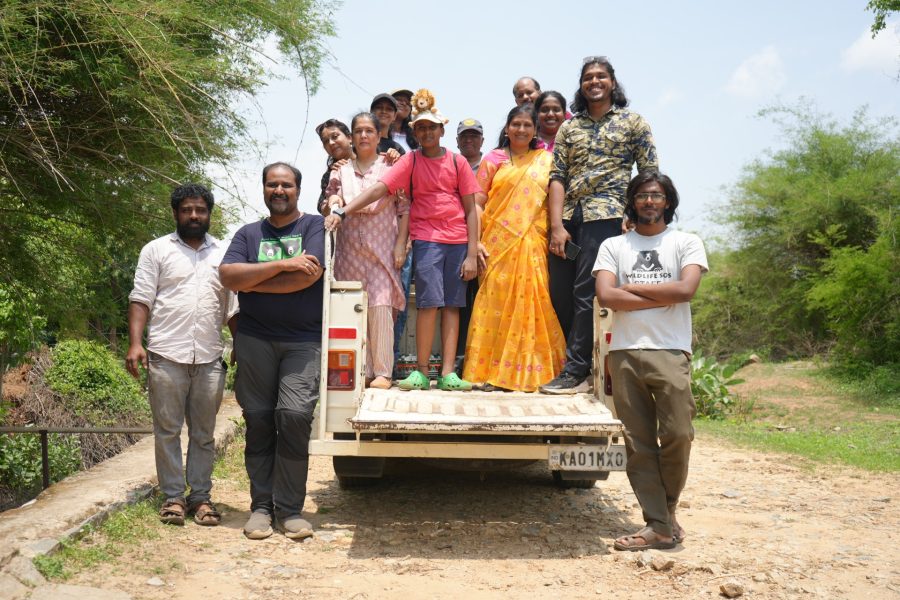Carpooling, saving electricity, thrifting and buying e-vehicle are perhaps some of the most common ideas that pop up when we talk about “sustainable livelihood”. Perhaps this topic requires a broader line of thinking. We tend to overlook what indigenous communities have to contribute to this discussion. Let’s highlight the role they play to protect the environment, and how climate change disproportionately affected their lifestyle.
First to Face the Impact
Indigenous tribes are often considered to be “primitive” or “backward”, a condescending stereotype reinforced across various media platforms. However, it is unfair to dismiss another way of life, simply because it is different. While “conservation” and “environmental science” are relatively newer topics in the field of science and geopolitics, indigenous communities have been passing down their ancestral knowledge of nature for thousands of years!
Forest-dependent communities, such as the Himba Tribe, are intimate witnesses to the impact of climate change. The Himba tribe is a semi-nomadic, pastoral community that lives in Namibia, a country in Southern Africa. One of their most recognizable aspects is the body paste adorned by its women. This paste, known as otjize, is made up of red haematite pigment and is used as a form of sunscreen to protect their skin. Like many other tribes, the Himbas too are wholly dependent on nature and animals for their survival. They only take from nature as much as they need, and do not exploit their environment. However, increasing environmental changes and pressures to urbanize force them to leave their traditional way of life and adapt to a lifestyle further away from nature in order to provide for their families.

India is also home to various indigenous people, like the Kui tribe in Odisha. They are a hunter-gatherer community, that lives in thatched-roof houses made of wood and bamboo. The women of the Kui tribe venture into forests to collect leaves and stitch them together to make plates. These plates are sold in local markets to earn money for families. In hunter-gatherer societies, the responsibility of collecting food, water and other resources often falls upon the women. As natural resources rapidly decline due to large industries occupying land, its repercussions affect these women the most. Depletion of resources forces them to travel longer distances on foot each day. ,. This has led community people to relocate and work in urban areas.
One of the greatest injustices to tribes is their displacement. Tribes have ancestral claim to these lands, yet no law exists regarding their ownership. With no documentation to present as proof, these tribes lose their homes. Ironically, those who are closest to nature are forced to abandon their land in the name of development. Displacing indigenous communities not only results in a loss of traditions and livelihood, but is responsible for environmental degradation.
In 2014, hundreds belonging to the Baiga and Gonda communities were evicted from their homes to create the Kanha Tiger Reserve in Madhya Pradesh. Various areas are demarcated for wildlife protection with no consideration for indigenous people who live there. However, these spaces allow tourists to enjoy safaris and wildlife photography.
The Ladakh Story
Tourism and rapid urbanization has given rise to a water crisis in areas like Ladakh. This region, high up in the Himalayas, went from hosting 500 tourists in 1974 to over 2 lakh in 2017. The popularity of this area increased after it was shown in a mainstream Bollywood movie. Ladakh, which was previously an agro-based economy has now become dependent on tourism. This has resulted in increasing pollution and depleting water supply.
Ladakh was never a water-abundant area. Native people were used to dry toilets, a practice that also led to providing compost for farming. This did not disturb the ecology of the region and despite the harsh climate, they were able to cultivate enough to sustain themselves with ease. However, tourism prompted water-intensive toilets to be built. Ladakhis have traditionally never made use of groundwater, but declining glaciers and the increasing demand for water has pushed the need to dig borewells for groundwater. Tourists put pressure on the water table by consuming about three times more water than the erstwhile demand.

Climate change has played a crucial role in transforming Ladakh. The Brokpa tribe of Ladakh remained vegan for thousands of years, but warmer winters have made it difficult for them to cultivate their own crops. They now add meat and dairy to their diet. With rising temperatures, pest infestation of crops in Ladakh has increased. Locals who never relied on the use of chemicals and fertilizers are now actively using these to maintain their crop yield. This has in turn polluted glaciers. As most of the terrain in Ladakh is rocky and doesn’t absorb rainwater, there are few cultivable patches of land. With decreasing snowfall every year, farmers and villagers here are facing water shortages.
Engineer Sonam Wangchuk came up with an invention known as ‘ice stupas’ to tackle this problem. The ice stupas bring down unused water from the mountains in winter and freeze it into artificial glaciers shaped like cones. It is designed to stay frozen till the summer months when the water can be used for irrigation.
Listening to the Voice of Knowledge
In Japan’s Kamikatsu, a campaign to “Reduce, Reuse, Recycle” has encouraged sustainable living with strict waste management methods. Not only are the locals actively involved in washing and segregating non-biodegradable waste so it can be reused, but they actively work to ensure the discontinuation of non-recyclable products. In this way, they have minimized waste by stopping it directly at the source. This town has signed a “zero-waste” declaration which is being made possible due to the effort of every single individual.

This is an inspiring example of how to prevent further damage to our planet. However, it cannot be ignored that indigenous communities are armed with ancestral knowledge about the environment and are, in fact, the richest source of solutions on how to preserve nature and conserve its resources. They must be involved in our discourse on this subject. Even though it is unrealistic for us to alter our urban ways of living entirely, we can certainly take a leaf out of their book by being more conscious of nature around us. There is more than one model of sustainability, and we need to put in the work to figure out unique models that suit different regions and its people.





